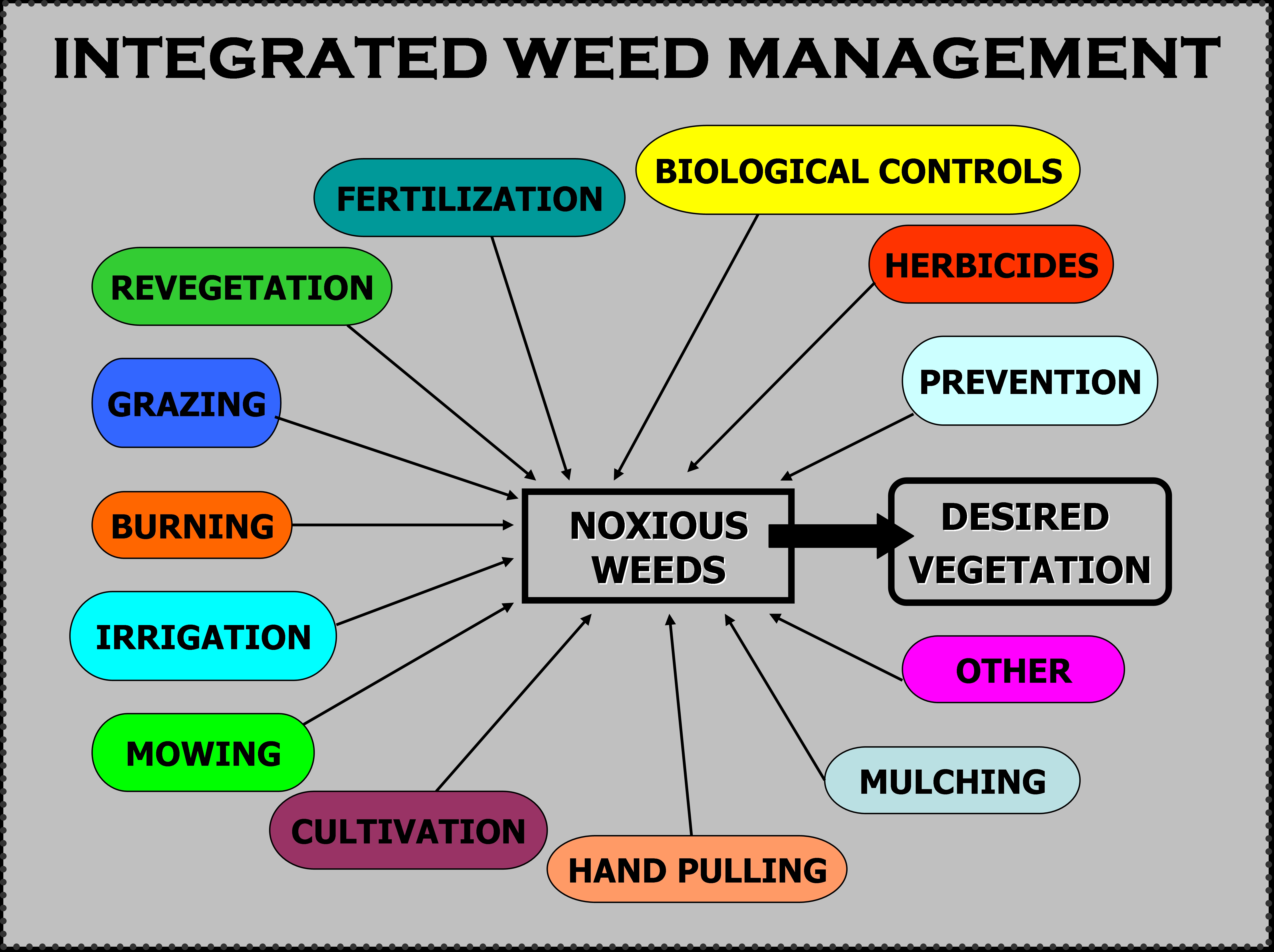Agroforestry Enhancing Water Resource Management In Agriculture
In Kenya, agroforestry has proven to be a game-changer for poor farmers, significantly enhancing their lives and livelihoods. Through the sustainable integration of trees and crops within agricultural systems, agroforestry has offered numerous benefits to farmers, ranging from increased productivity to improved resilience to climate change. This innovative approach has brought about a positive transformation in the lives of farmers throughout the country.

Agroforestry is a practice that involves growing trees alongside crops or livestock in a mutually beneficial manner. By integrating trees into agricultural lands, farmers can tap into the different ecological services that trees provide, such as soil fertility improvement, watershed management, and microclimate regulation.
One of the primary benefits of agroforestry is increased agricultural productivity. By incorporating trees into farming systems, farmers can optimize land and resource utilization. Trees can provide shade, which helps crops thrive in hot climates and enhances their growth. Additionally, trees contribute to soil fertility by fixing nitrogen and increasing organic matter content, leading to better crop yields.
Another advantage of agroforestry is its ability to enhance farm resilience to climate change. As weather patterns become increasingly unpredictable and extreme, agroforestry systems offer a buffer against adverse climatic conditions. Trees act as windbreaks, protecting crops from strong winds and reducing the risk of crop damage. Furthermore, trees help regulate water availability by reducing water runoff, preventing erosion, and improving water infiltration, thus ensuring a more reliable water supply for crops.
Beyond the tangible benefits, agroforestry also holds valuable social and economic potential for small-scale farmers. By diversifying their income streams through the cultivation of different tree species alongside existing crops, farmers can reduce their vulnerability to market fluctuations and price volatility. Agroforestry systems can provide farmers with additional sources of income, such as fruits, nuts, timber, and medicinal products, creating opportunities for entrepreneurship and economic growth in rural areas.
What is particularly impressive about agroforestry is its environmentally friendly nature. Unlike conventional farming practices that often lead to deforestation, soil degradation, and biodiversity loss, agroforestry promotes sustainable land management and conservation. By preserving and integrating trees in agricultural landscapes, agroforestry contributes to biodiversity conservation, carbon sequestration, and the mitigation of climate change.
Ideas For Implementing Agroforestry in Kenya
With its proven success in enhancing the lives of poor farmers in Kenya, there are several ideas for expanding the adoption of agroforestry in the country:
- Promoting awareness and education: Conduct workshops, training sessions, and awareness campaigns to educate farmers about the benefits of agroforestry and its practical implementation.
- Community involvement and knowledge sharing: Encourage farmers to share their experiences and success stories with agroforestry to inspire and motivate others.
- Government support: Develop policies and provide financial incentives to promote agroforestry, such as subsidies, grants, and tax benefits for farmers practicing agroforestry.
- Research and development: Invest in research to explore innovative agroforestry techniques, suitable tree-crop combinations, and best practices for specific agroecological zones.
Recommendations For Successful Agroforestry Implementation
Implementing agroforestry on a larger scale requires careful planning and execution. Here are some recommendations for successful agroforestry implementation:
- Site suitability assessment: Conduct thorough assessments to identify suitable sites for agroforestry, considering soil types, slopes, microclimates, and water availability.
- Species selection: Determine appropriate tree species that are compatible with the local climate, soil conditions, and the desired goals of farmers.
- Agroecosystem design: Plan the layout and arrangement of trees and crops to maximize their interaction and benefits, considering factors such as shade requirements, wind direction, and water flow.
- Capacity building: Provide training and support to farmers on agroforestry techniques, tree management, and post-harvest processing to ensure their success.
- Monitoring and evaluation: Continuously monitor and evaluate the performance and impact of agroforestry systems to promote learning and adaptive management.
Listicle of Agroforestry Best Practices
1. Intercropping: Planting compatible tree species between crop rows to maximize land use efficiency and promote mutual benefits.
2. Alley cropping: Creating alleys of trees while allowing sufficient space for growing crops, providing shade and crop protection.
3. Field windbreaks: Establishing rows of trees or shrubs along field edges to reduce wind erosion and damage to crops.
4. Agrosilvopastoral systems: Integrating trees, crops, and livestock in a synergistic manner, enhancing productivity and diversifying income streams.
5. Farmer-managed natural regeneration: Encouraging natural regeneration of trees and managing their growth in farmland to restore degraded lands.
Question & Answer
Q: Can agroforestry be implemented on small plots of land?
A: Yes, agroforestry can be adapted to different land sizes, including small farms. It offers flexibility in tree and crop arrangements, allowing farmers to make the most of their available land resources.
Q: Does agroforestry require additional labor compared to conventional farming?
A: While the establishment and management of agroforestry systems may initially require more labor, the long-term benefits, such as increased productivity and additional income streams, outweigh the initial investment of time and effort.
Q: What are the potential challenges of implementing agroforestry?
A: Some challenges include limited access to quality tree seedlings, the need for technical knowledge and training, and initial financial investments. However, with the right support and incentives, these challenges can be overcome.
Summary of Agroforestry's Impact on Farmers in Kenya
Agroforestry has emerged as an effective and sustainable approach for enhancing the lives and livelihoods of poor farmers in Kenya. Through the integration of trees and crops, agroforestry offers numerous benefits, including increased agricultural productivity, climate change resilience, economic opportunities, and environmental conservation.
Implementing agroforestry requires education, community involvement, government support, and research and development. Successful implementation relies on site suitability assessment, species selection, agroecosystem design, capacity building, and monitoring and evaluation.
Promoting agroforestry best practices, such as intercropping, alley cropping, field windbreaks, agrosilvopastoral systems, and farmer-managed natural regeneration, will accelerate the adoption and impact of this innovative farming approach.
Overall, agroforestry represents a transformative solution that empowers farmers, sustains ecosystems, and builds resilience in the face of climate change and poverty.



Post a Comment for "Agroforestry Enhancing Water Resource Management In Agriculture"